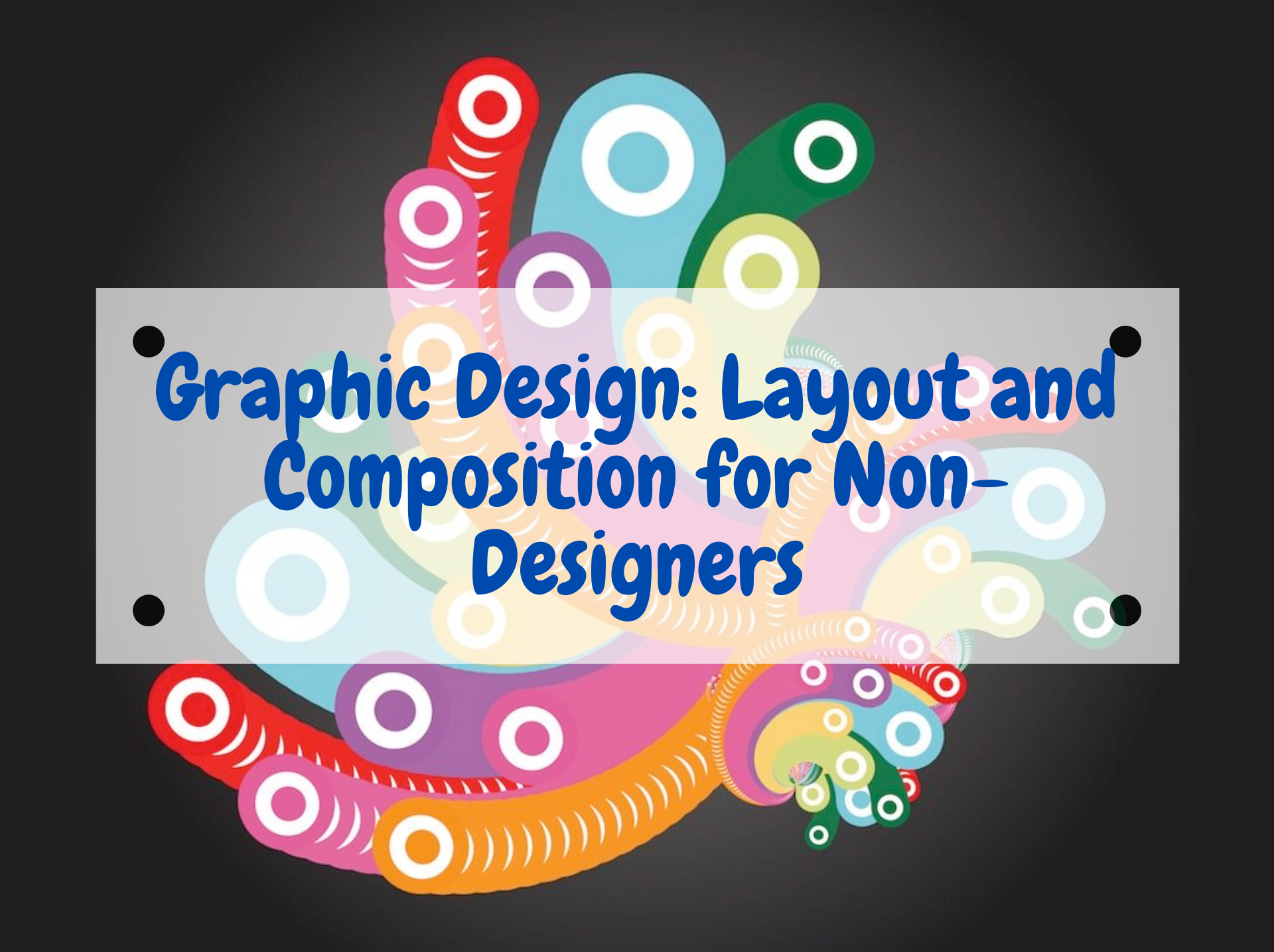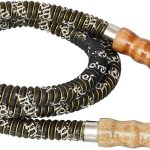The composition is one of the six urgent elements of the design. Without a solid plan, all of that begins to self-destruct.
We will give you tip on the best way to strengthen your composition, regardless of whether it is photography, illustration, or any graphic design project. We also organize a wonderful variety of structures at last, for your motivation. To appreciate it!
You may have the most excellent realistic components on the planet, but in the event that your composition is not satisfactory, all of that is gone forever.
In this way, you are protected to say that the composition is truly significant. Anyway, what exactly is composition? Ultimately, in extremely simple terms, it is where all the different components come together to form a whole. At the time, the totality of its type, its images, its illustrations, and tones came together to frame a better design.
A successful composition implies that you have devised, conveyed, adjusted, and incorporated your design in such a way that it looks great, as well as deeply utilitarian and compelling. So we should go over a couple of tips, tricks, and methods that will turn them into a quick synthesis.
The composition is probably one of the most important points of the entire graphic design project or campaign that you are doing. With the correct composition, you can lead the person to see something first, second, and third. With the correct composition, you can guide the person through the entire project without getting lost, confused, and losing an overall interest in the design.
Areas of Composition
The difficult part of the composition is that, in a way, you have to be the person who will see it. You need to figure out where the images should go (if any) or where the body text should go so that your eyes can rest and relax at a certain point. You also need to find out the contrast of the whole composition because if your whole design is only shades and shades of one color, then the whole design will be very dull and boring to look at.
Colors in Composition
Your composition must consist of the colors that you have previously chosen; it must also consist of the sketches that you have drawn and the fonts that you have chosen. One of the hardest parts, in my opinion, when designing any layout or layout composition, is determining proportions, widths and heights, gutters and blanks, type size, and line spacing.
In conclusion, the composition of any layout or design campaign is very important. Many graphic designers spend time on it (which is good), but also some of them never ask for second opinions, and that’s what matters a lot.
Power of Graphic Design
We find anything that has ‘graphic design’ (in terms of composition on a surface) in our day today. Take a look at your shirt; you see the composition on it (buttons, pocket, motifs, color). Or find any other item, say … your TV; it also consists of composition (the screen, the buttons, etc.). It also happens to any other item (watches/clocks, magazines, signage, any clothing, home, etc.)
When you buy something, what catches your attention the most? I bet it must be the layout (in terms of the composition of any element). On the contrary, if you choose to buy specific items (cell phone in this case) for certain features. At least think twice before buy and making a decision. The things that could bother you could be: the color (s), how they made up the screen, keyboards, buttons. It just doesn’t fit your style.
Could you imagine how much graphic design effects in the industrial field? How sophisticated this is, it won’t get a huge market if it doesn’t support good design.
A Graphic Design must be able to capture the attention of the spectators. How many magazines, logos, flyers, posters, newsletters, websites, brochures are there? Graphic designers are competing to produce the design they can do.
In conclusion, the composition of any layout or design campaign is very important. Many graphic designers spend time on it (which is good), but also some of them never ask for second opinions, and that’s what matters a lot.
Evaluating Artistic and Design Works
All of our artwork and design work are subject to five areas of evaluation. Those criteria are concept/creativity, craftsmanship, design/composition, specifications, and degree of difficulty. When applying these criteria to works commissioned by the client and works for inclusion in our portfolios, we find some similarities. However, as we investigate further, we realize that there are even more distinctions.
Works commissioned by a client will require an adequate amount of creativity and dexterity, but what the client is most looking for is, “does it work?” The specifications of a design should be considered paramount when incorporating the other areas of importance. As designers, we must continually ask ourselves whether we are sacrificing function for cosmetic design. The best examples are a website cluttered with heavy graphics or a print layout that cannot be reproduced on the customer’s selected media.
The specification area is still important. As your own client, you have particular goals that must be met in building your portfolio. The focus on creativity and degree of difficulty allows your personal style and level of achievement to show through to potential employers and clients. Since portfolio works are intended to represent “the best of the best,”
As a designer, I find personal strengths rooted in creativity and craftsmanship. I think that while the degree of difficulty is an important testing point, it can be impressive to make a challenging task look easy. Some designs that lack the “wow” factor may work better by not distracting from the design message.
The area where I think the design community as a whole and I can benefit the most from the improvement is attention to specification. As professionals, it is an enjoyable task to take on a project that stimulates creativity, but it can sometimes be tedious to spend hours making sure specifications are met. This problem is easily avoided if you have a clear creative brief and stick to it. Advancing in our careers, creativity will come and go. That lack of creativity will sometimes get in the way with “writer’s visual block.” If we have managed to meet the needs of our customers, we have done our part in making the design work.
When you buy something, what catches your attention the most? I bet it must be the layout (in terms of the composition of any element). On the contrary, if you choose to buy specific items (cell phone in this case) for certain features. At least think twice before buy and making a decision. The things that could bother you could be: the color (s), how they made up the screen, keyboards, buttons. It just doesn’t fit your style.
Could you imagine how much graphic design effects in the industrial field? How sophisticated this is, it won’t get a huge market if it doesn’t support good design.
A Graphic Design must be able to capture the attention of the spectators. How many magazines, logos, flyers, posters, newsletters, websites, brochures are there? Graphic designers are competing to produce the design they can do.
In conclusion, the composition of any layout or design campaign is very important. Many graphic designers spend time on it (which is good), but also some of them never ask for second opinions, and that’s what matters a lot.









